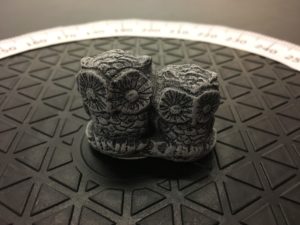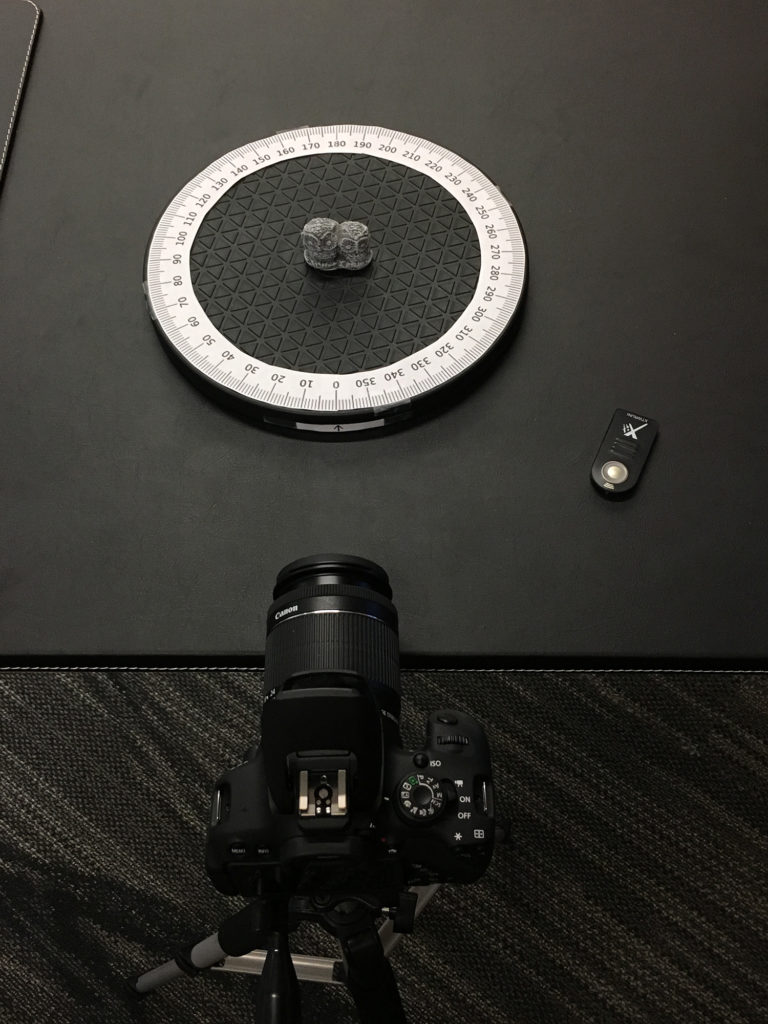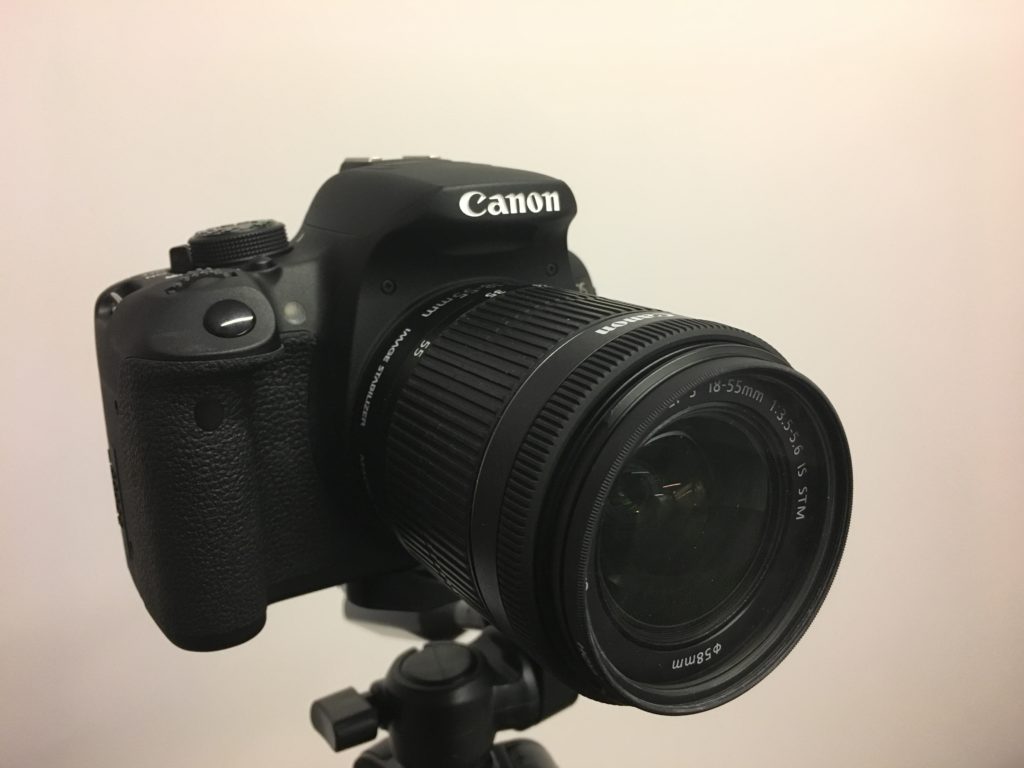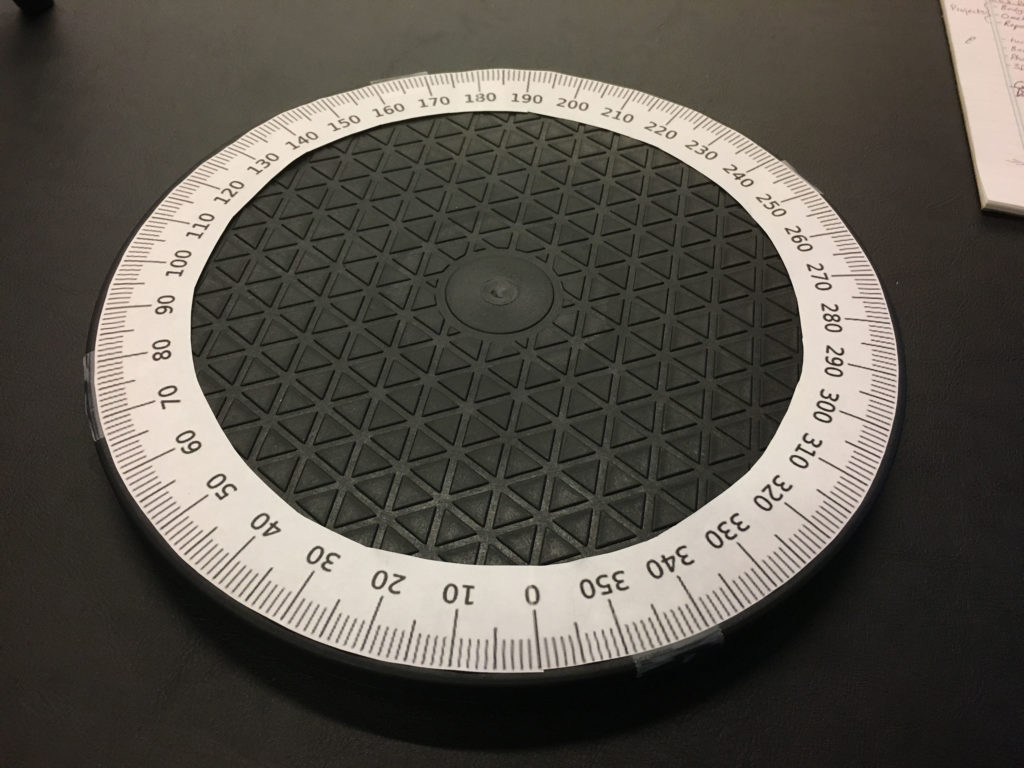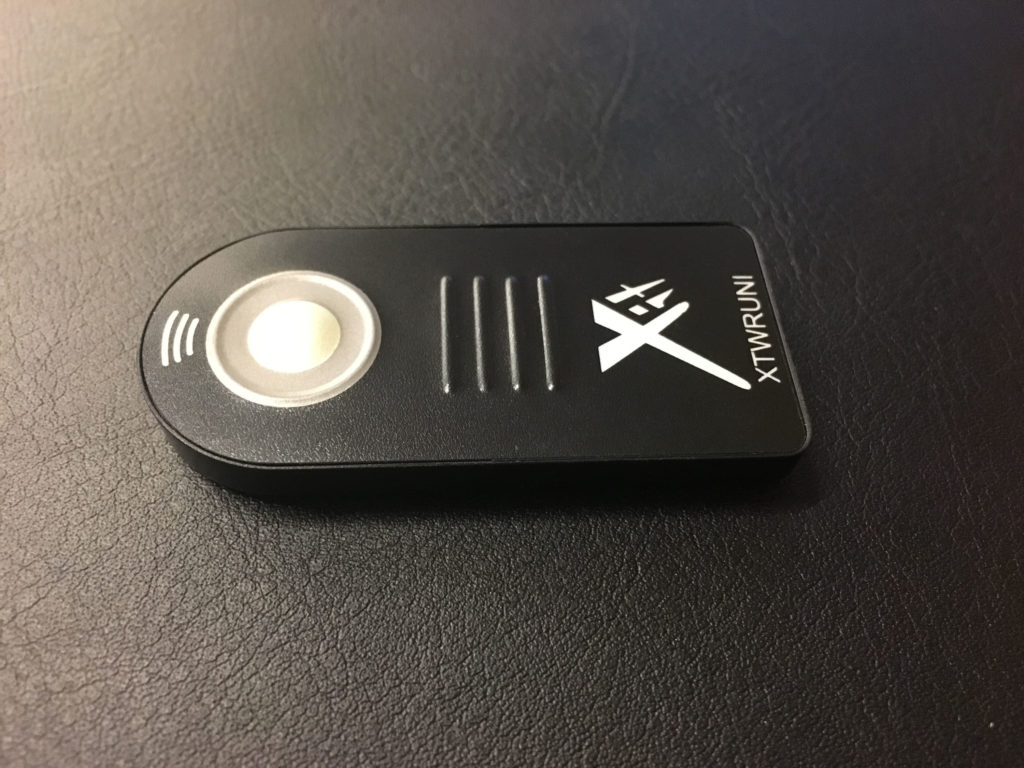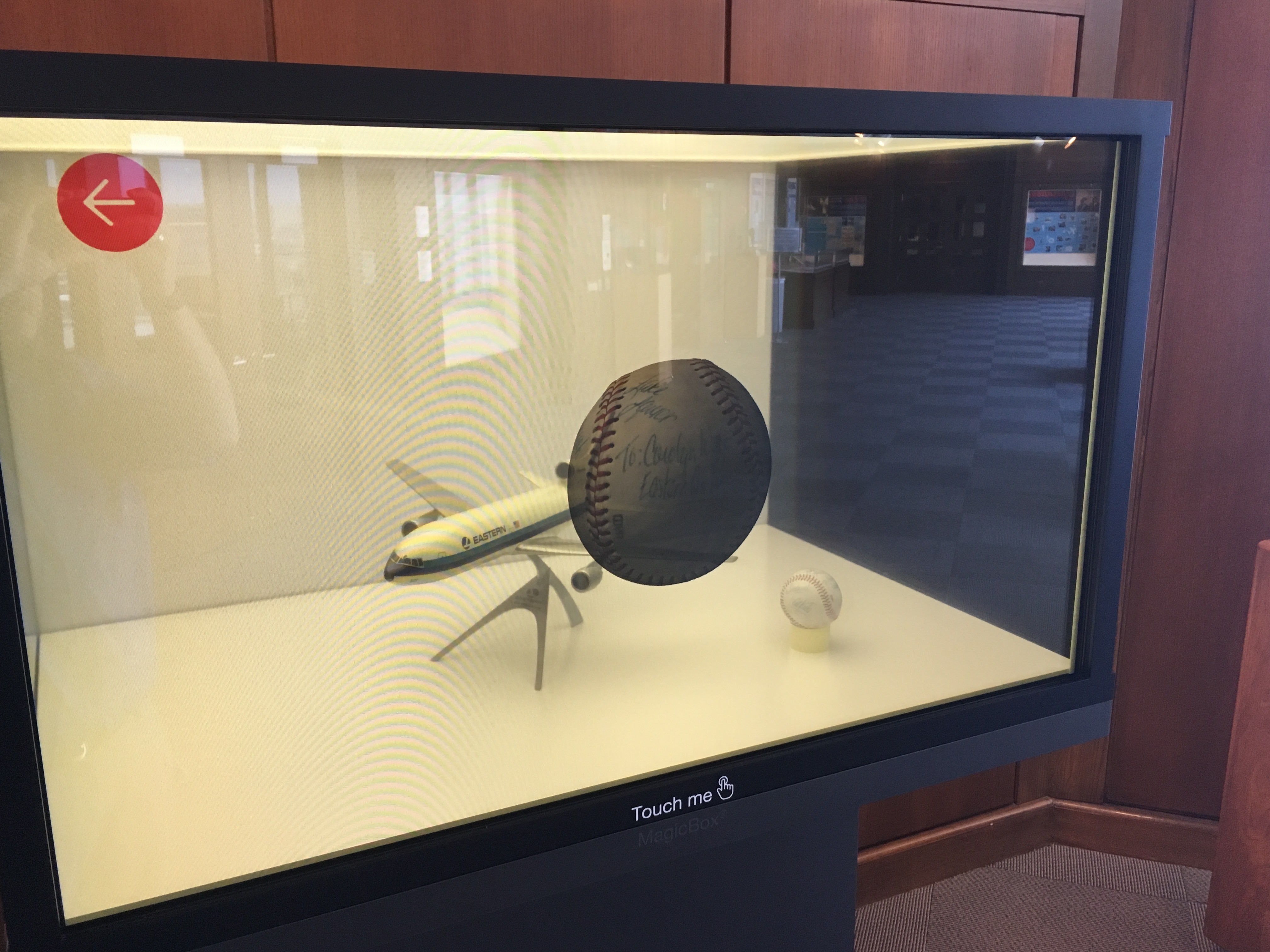
3D Modeling GSU Library Special Collections
Right now, on the eighth floor of Library South, you can visit Georgia State University Library’s Special Collection exhibit about Eastern Air Lines, a major airline that operated out of Atlanta from 1930 until 1991. Georgia State University Magazine included an article about Eastern in their December 2016 issue, complete with interviews and oral histories about the airline. The University Library holds an extensive collection of Eastern materials thanks to Carolyn Lee Wills, who donated her personal archive from her years working in public relations with Eastern. Wills graduated from Georgia State in 1959 with a Bachelor’s Degree in Business Administration.

Part of the Library’s exhibit is our digital exhibit case, which allows you to see original artifacts and also interact with digital content from the Eastern collection, such as photographs, travel flyers, training manuals, and much more. Many of the items in the collection can be found in the Eastern digital collection, but some of the items are so unique that we chose to use photogrammetry to capture the object in 3D.
One example is a baseball that was given to Wills, presumably by the Atlanta Braves. As you can see in the picture below, the ball is covered with hand-written notes, each of which refers to a landmark in Georgia, such as Stone Mountain, Six Flags, Golden Isles, and Okefenokee Swamp.
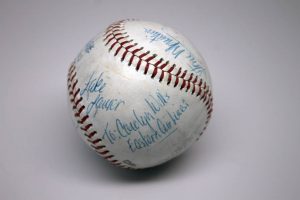
When on display in the exhibit case, the baseball can only be viewed from one or two angles, but with a 3D model, visitors can turn the ball to see each of the locations. The high-quality model has 1.6 million individual polygons meshed together to create an accurate reproduction of the baseball. Just like a real baseball, the stitching and seams are raised to give (virtual) pitchers a better grip on the ball.
We don’t know who signed the ball, but it was clearly someone associated with the Atlanta Braves who presented the ball to Wills. Eastern was known to promote the Atlanta Braves, and management members attended games in the 1970s and 80s.


To view the baseball alongside other artifacts and documents from the Eastern Air Lines collection, and to check out our interactive digital exhibit case, visit Special Collections on the 8th floor of Library South!





